History Could Be Rewritten By The Following Shocking 10 Discoveries (Part II)
5. The T.rex
New scientific reports proved that all what we know about how T.rex hunted and moved might have been completely wrong, and the reality is far from what was depicted in the 1993 blockbuster “Jurassic Park”. Source: Alamy
Source: Alamy
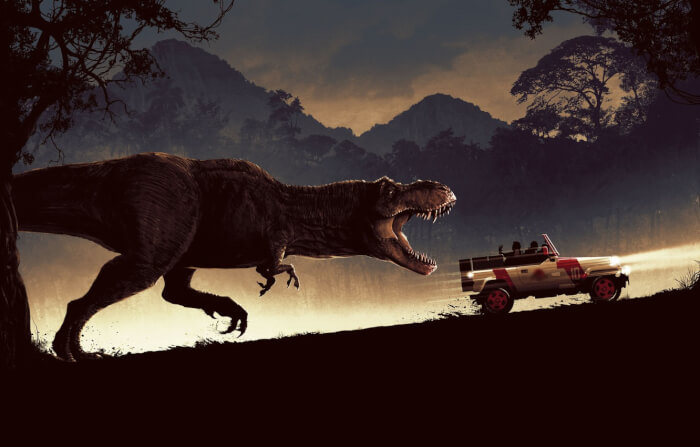 Source: Pinterest
Source: Pinterest
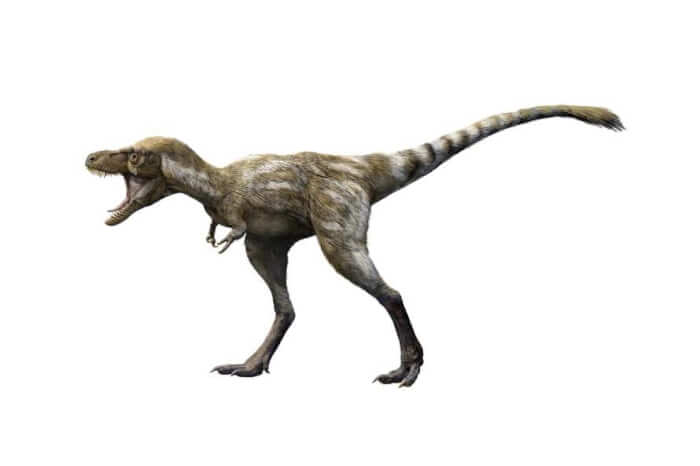 Source: PNSO
Source: PNSO
4. Ancient high-tech workshop
Israeli archaeologists have discovered a 6,500-year 'high tech' workshop in Beer Sheva in the Negev Desert that could change the history. They found evidence of world’s first-ever use of furnace in the Copper Age, used in smelting copper ore.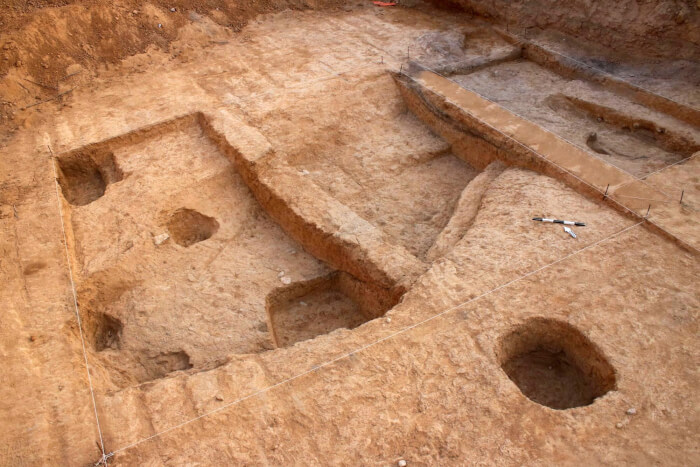 Source: Israel Antiquities Authority
Source: Israel Antiquities Authority
The research also surprisingly suggested that the ore was processed far from its mining location, contradicting the traditional furnaces during this time, which were often built near the mines to maximize efficiency. This might have been a means of keeping the technology secret.
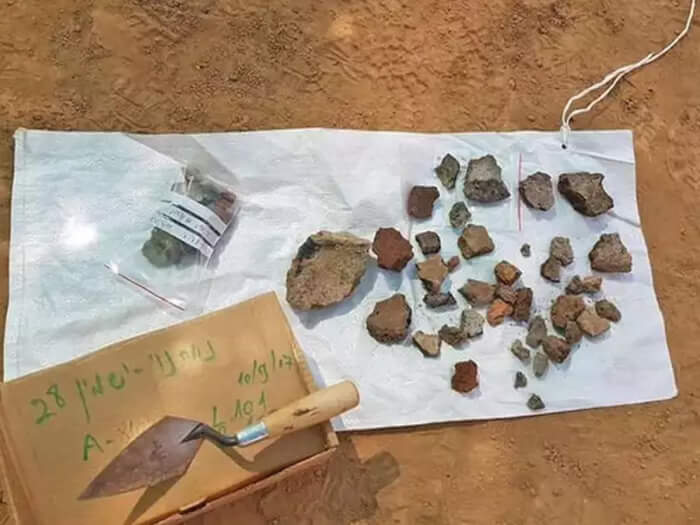 Source: Israel Antiquities Authority
Source: Israel Antiquities Authority
Instead, certain knowledge related to construction of special furnaces able to reach high temperatures with low levels of oxygen are required.
3. The Dragon Man
The massive "Dragon Man" skull, hidden in a well in China for 90 years before being found, might be a new human evolutionary branch. Source: PNSO
Source: PNSO
The remarkably well-preserved fossil has been labeled a new human species, Homo longi. The species has been dubbed "Dragon man," after the region where it was found – the “Black Dragon River” region.
 Source: PNSO
Source: PNSO
Geochemical techniques were used, figuring out the skull to be at least 146,000 years old. Compared with the fossil of 95 other skulls, scientists found that the Harbin cranium, together with some other Chinese skulls, might form a new branch, closest to modern humans than Neanderthals.
2. Nubian super church
Sudanese archaeologists have discovered the ruins of a cathedral likely to have represented Christian power in the Nubian kingdom of Makuria 1,000 years ago.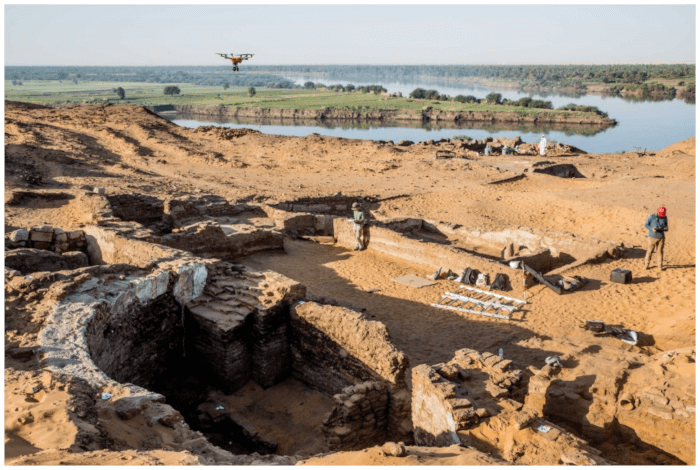 Source: Polish Centre of Mediterranean Archaeology, University of Warsaw
Source: Polish Centre of Mediterranean Archaeology, University of Warsaw
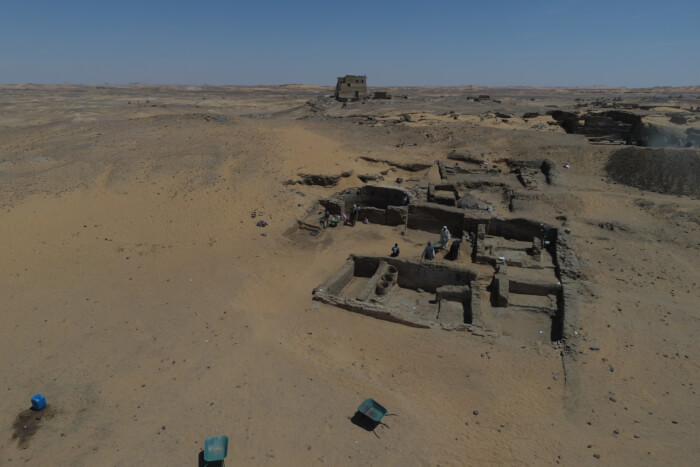 Source: Polish Centre of Mediterranean Archaeology, University of Warsaw
Source: Polish Centre of Mediterranean Archaeology, University of Warsaw
Scientists are working hard to find out the reason for the kingdom’s downfall and how it came into extinct in the 18th century.
1. Mysterious runes
Archaeologists discovered unusual markings on a cow bone in the village of Lany, Czech that may upend accepted beliefs of Slavic history, and may also stir up nationalistic sentiment about how early European tribes interacted some 1,400 years ago. Source: Science Direct
Source: Science Direct
The discovery’s significance stems in part from longstanding tensions between Slavs and Germans. During World War II, the Nazis targeted Eastern Europe’s Slavs, whom they viewed as inferior, much as they did the continent’s Jews.
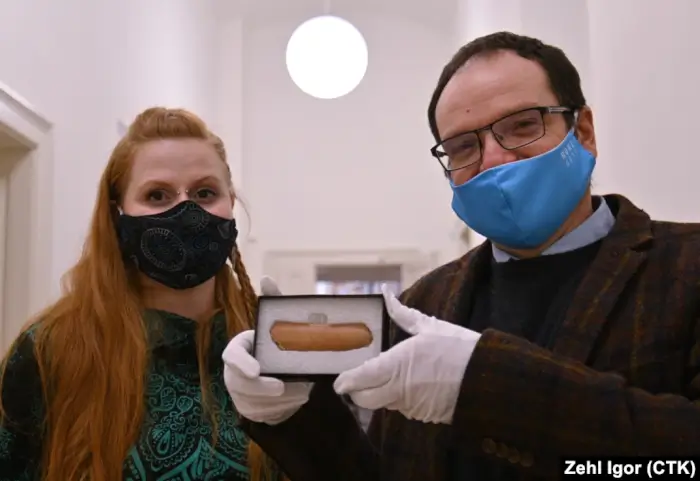 Source: Science Direct
Source: Science Direct
Some scholars even stated that the bone wasn’t inscribed with a specific message; instead, it seems to be a learning aid due to several mistakes in the inscription.
Share this article
Advertisement